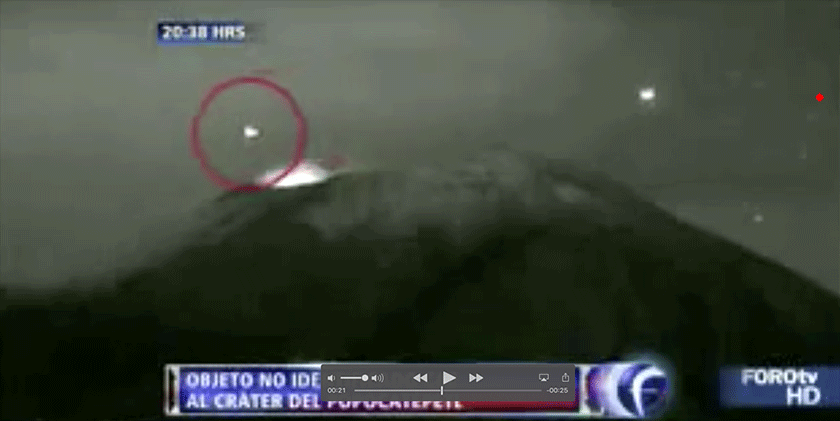The above image appears to show three different metal rods. The left rod is short and straight. The middle rod seems longer and angles sharply to the right. The right rod appears slightly curved, and has a longer segment going off the edge of the photo.
Actually the rods look like this:
Despite the left rod looking like it's just a few inches, it's actually five feet long. And even though the right rod looks like it's bent very close to the end it's actually bent in the middle, as is the center rod.
I set this up to illustrate some of the problems in visualizing both contrails and the paths of planes that don't leave contrails, especially those that are far away, and so at a shallow angle to the viewer.
In particular, look at the middle rod. It's only slightly bent, and yet from a shallow angle, and viewed from a distance, the bend looks very significant. From a very acute angle, it's hard to tell which rod is bent the most, even though one is bent 12 times as must as the other:
Here we are looking slightly downwards at rods on the ground. Now when you see a plane leaving a contrail it's almost always in level flight. So if we take these pictures and flip them it's like were are looking up at contrails that are "on" the sky.
This type of perspective gives rise to a number of errors.
- Angle - Small angle are greatly magnified. What may look like a big course correction could just be a few degrees.
- Length - We can't easily judge how long a contrail is without knowing all the angles involved
- Speed - without knowing the length of the path it is going along, we can't judge the speed of the plane, this can be especially confusing if all we see is the light of the plane.
- Direction - What is the actual direction of travel.
This might look like I've faked it by speeding things up after they make the turn. But notice all three dots take the same time to reach the end of the rod. In fact the dots are moving at constant speed in three dimensions, they just look odd from this angle.
If we flip this again, and put it over a night sky, you can see how this might be difficult to figure out what is going on. This is the same motion as above.
This is simulating a timelapse video of three planes in level flight and constant speed. They start out looking like lights that are slowly sinking. This is because they are moving away from you. Then the two that alter course seem to speed up and fly off to the side. The rightmost plane seems even to be rising up as the direction of travel is now slightly back towards the camera.
So besides interpreting contrails this has significant implications for UFOs, particularly when the source of a UFO might be a plane in the distance. Consider this supposed video of a UFO descending "into" a volcano
This is a timelapse video (you can see the stars moving in the original). So it's similar to my simulation above. While it looks like something flies across the mountain, then slows down and descends, it's more likely that it's a plane at constant altitude simply flying across and away from the camera and making a turn to the right. It's behind the volcano so it gets obscured by the smoke as it flies away.
We can simulate this motion with our rods, using the 90° turn this time.
Flip it again to simulate the path of a plane (i.e viewed from below), and add the dot moving at constant speed along the 3D path
And overlay this movement on the volcano:

The actual plane made a smoother turn, but even with this simple animation we can see that something as mundane as a plane making a turn can look like a UFO flying up to a volcano and then descending into it, if it's viewed from the right spot.
Some examples of the perspective effect on flight paths:
Last edited:
